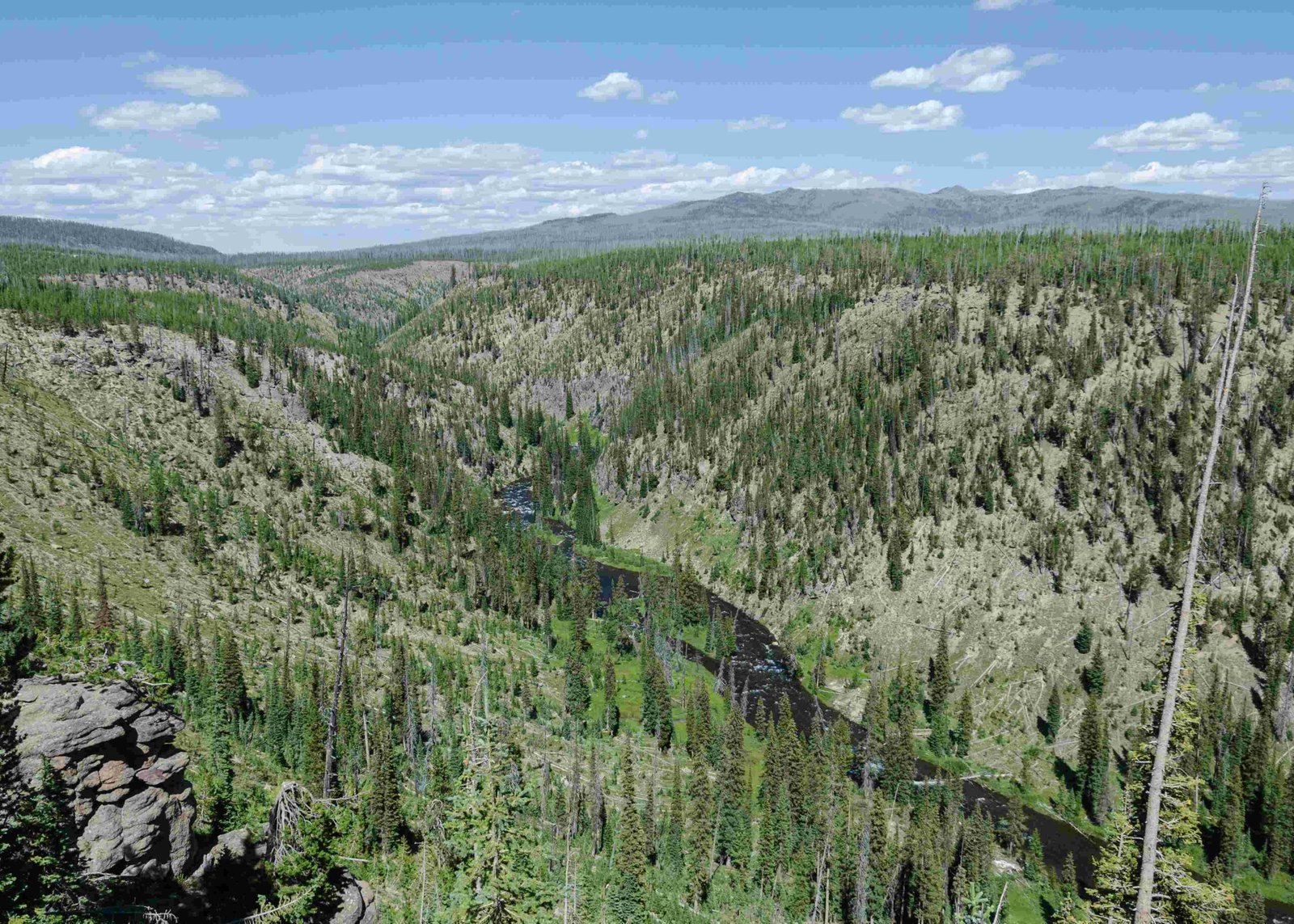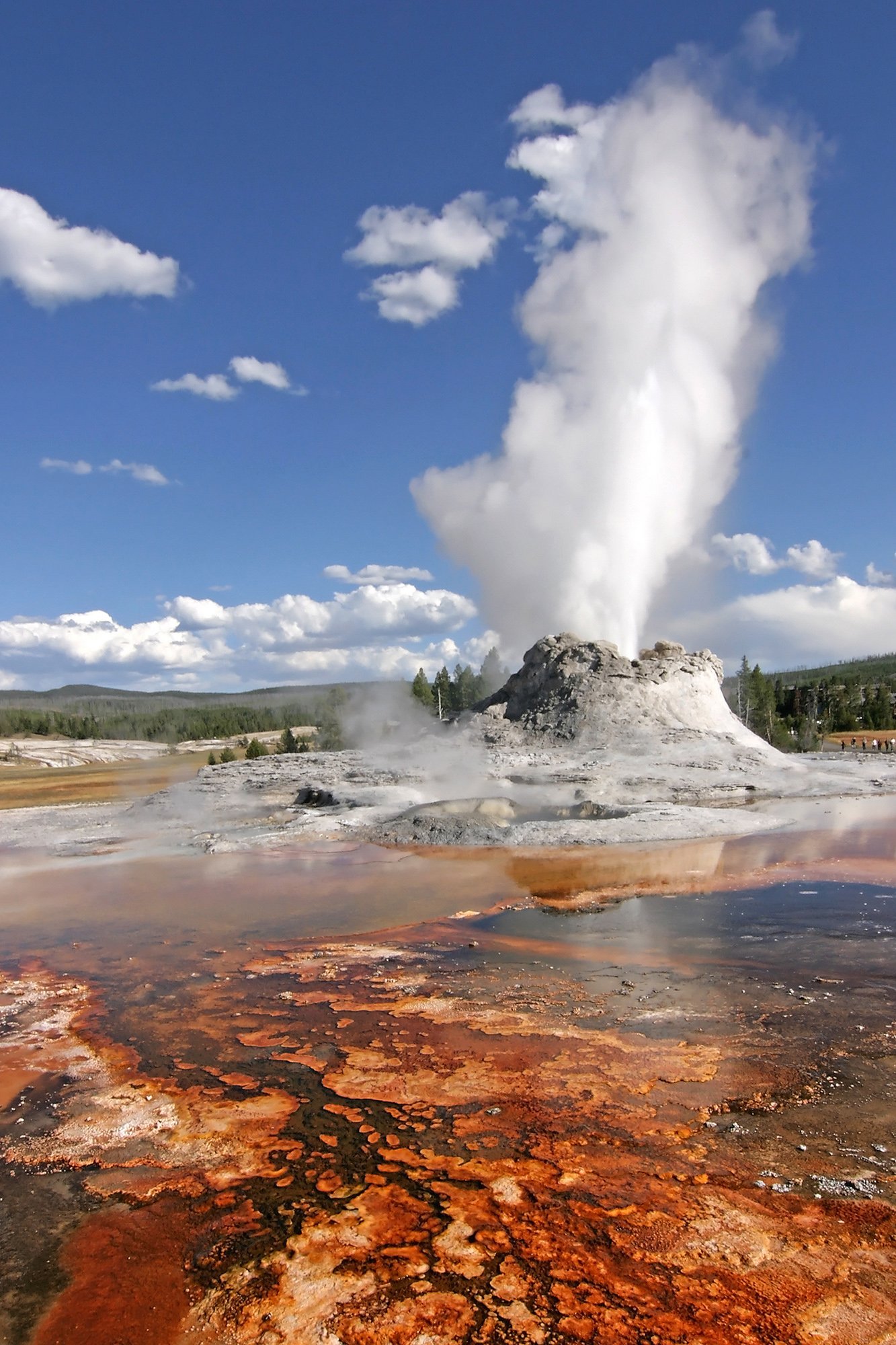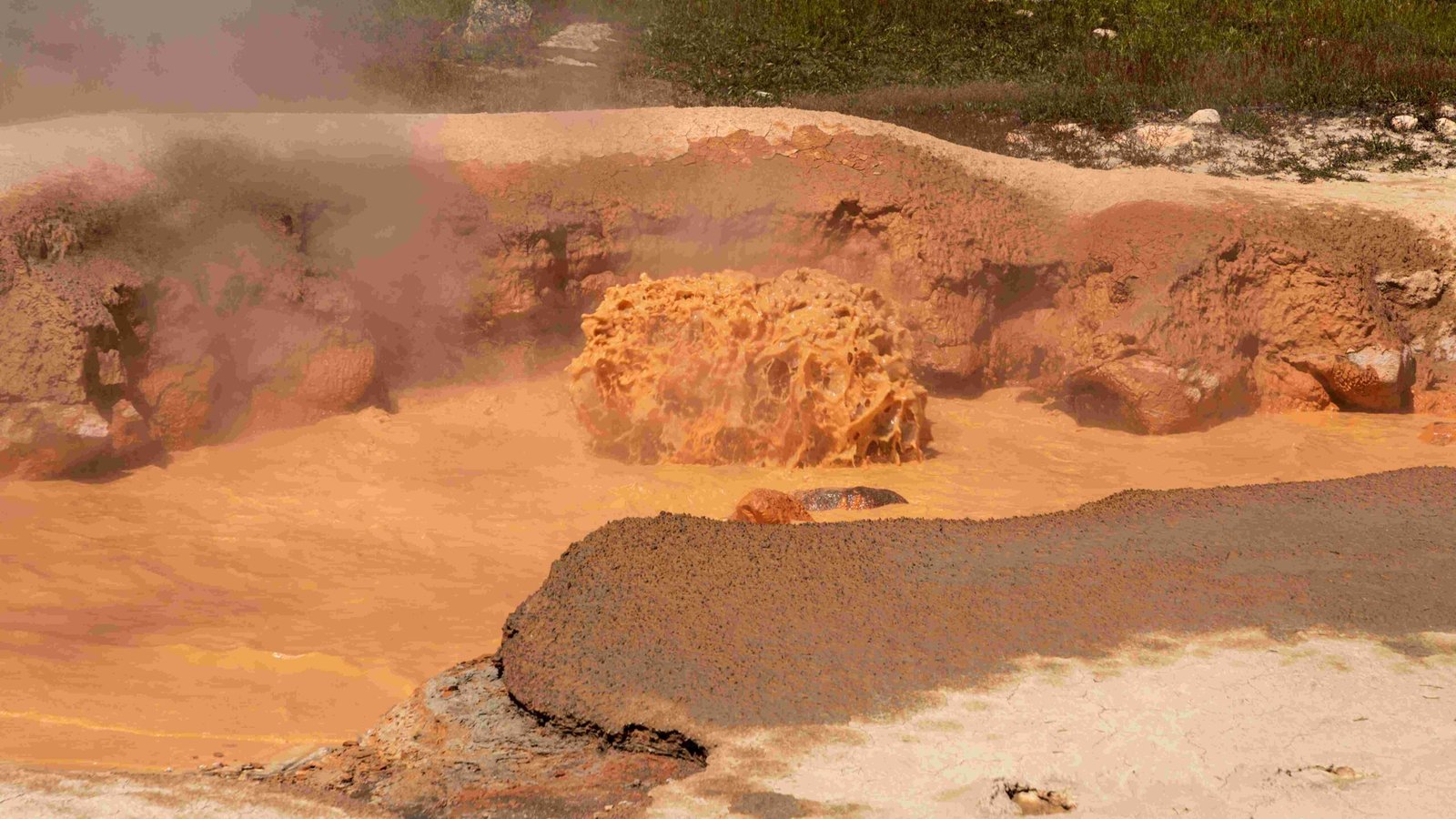Yellowstone National Park, renowned for its diverse wildlife and stunning landscapes, requires visitors to maintain specific minimum safe distances from animals. For bears, both grizzly and black, the minimum safe distance is 100 yards (93 meters). For other wildlife like elk and bison, visitors must keep at least 25 yards away. These regulations are crucial for both human safety and wildlife protection in Yellowstone’s unique ecosystem.
What Are the Specific Minimum Safe Distances for Different Animals?

Understanding the minimum safe distances for various wildlife in Yellowstone National Park is crucial for a safe and enjoyable visit. Here’s a breakdown:
| Animal | Minimum Safe Distance |
|---|---|
| Bears (Grizzly and Black) | 100 yards (93 meters) |
| Elk | 25 yards (23 meters) |
| Bison | 25 yards (23 meters) |
| Wolves | 100 yards (93 meters) |
| Mountain Lions | 100 yards (93 meters) |
It’s important to note that these distances are the minimum requirements. Whenever possible, it’s advisable to maintain even greater distances, especially when observing larger or more dangerous animals.
Why Are These Minimum Safe Distances So Important?

The establishment of minimum safe distances in Yellowstone National Park serves multiple crucial purposes:
-
Human Safety: Wild animals can be unpredictable, especially if they feel threatened. Maintaining a safe distance significantly reduces the risk of attacks or injuries.
-
Wildlife Protection: Keeping a distance helps prevent animals from becoming habituated to human presence, which can alter their natural behaviors and survival instincts.
-
Ecosystem Preservation: By minimizing direct human-wildlife interactions, the park can better maintain its delicate ecological balance.
-
Legal Compliance: Violating these distance regulations can result in fines and even park expulsion.
How Can Visitors Safely Observe Wildlife While Maintaining Distance?
While it’s exciting to see Yellowstone’s diverse wildlife up close, safety should always be the priority. Here are some tips for safe wildlife observation:
- Use binoculars or telephoto lenses for close-up views without physical proximity.
- Participate in ranger-led programs that offer safe wildlife viewing opportunities.
- Stay in your vehicle when animals are near roads, using it as a protective barrier.
- Visit wildlife observation areas designed for safe viewing, such as elevated platforms or designated trails.
What Should Visitors Do If They Accidentally Get Too Close to Wildlife?
Despite best efforts, unexpected encounters can occur. If you find yourself too close to wildlife:
- Remain calm and avoid sudden movements.
- Slowly back away to increase your distance.
- Do not run, as this may trigger a predatory response in some animals.
- If in a vehicle, stay inside and slowly drive away.
- Report the incident to park rangers as soon as possible.
Are There Any Exceptions to the Minimum Safe Distance Rules?
While the minimum safe distance rules are generally strict, there are a few exceptions:
- Emergency Situations: In life-threatening emergencies, these rules may be temporarily suspended.
- Park Staff: Trained park personnel may approach wildlife more closely for research or management purposes.
- Unavoidable Encounters: If an animal approaches you, maintaining the minimum distance may not be possible. In such cases, priority shifts to safe retreat.
It’s crucial to understand that these exceptions do not apply to regular park visitors under normal circumstances.
How Does Yellowstone National Park Enforce These Distance Regulations?
Yellowstone National Park employs various methods to enforce minimum safe distance regulations:
- Park Rangers: Rangers actively patrol the park, educating visitors and enforcing rules.
- Signage: Informative signs throughout the park remind visitors of safe distances.
- Visitor Education: Educational programs and materials emphasize the importance of maintaining safe distances.
- Fines and Penalties: Violators may face substantial fines or even be required to leave the park.
- Closure of Areas: When necessary, park management may close certain areas to protect wildlife or visitors.
What Additional Safety Measures Should Visitors Take Beyond Maintaining Distance?
While maintaining minimum safe distances is crucial, visitors should also:
- Carry bear spray and know how to use it properly.
- Make noise while hiking to alert wildlife of your presence.
- Hike in groups of three or more, especially in bear country.
- Store food and scented items properly to avoid attracting wildlife.
- Stay on designated trails and respect area closures.
- Be extra cautious during dawn and dusk when animals are more active.
How Can Visitors Prepare for Safe Wildlife Viewing Before Their Trip?
Proper preparation can significantly enhance both safety and enjoyment when viewing wildlife in Yellowstone. Here are some pre-trip steps:
- Research: Familiarize yourself with the types of wildlife you might encounter and their behaviors.
- Education: Watch official Yellowstone wildlife safety videos available online.
- Equipment: Invest in good quality binoculars or a spotting scope for distant viewing.
- Planning: Map out wildlife viewing areas and understand which seasons are best for seeing certain animals.
- Physical Preparation: Some of the best wildlife viewing opportunities require hiking, so ensure you’re physically prepared.
What Role Do Visitor Centers Play in Promoting Safe Wildlife Viewing?
Visitor centers in Yellowstone National Park are invaluable resources for safe wildlife viewing:
- They provide up-to-date information on recent wildlife sightings and activity.
- Rangers at visitor centers can offer personalized advice on safe viewing locations.
- Educational displays and interactive exhibits teach visitors about wildlife behavior and safety.
- Many centers offer guided tours or talks focusing on safe and responsible wildlife observation.
- Visitors can report wildlife sightings or concerning behavior at these centers.
How Does the ‘A Bear Doesn’t Care’ Campaign Contribute to Visitor Safety?
The ‘A Bear Doesn’t Care’ campaign is a significant initiative by Yellowstone National Park to promote bear safety:
- It emphasizes the importance of carrying bear spray, regardless of who you are or your outdoor experience level.
- The campaign features well-known figures demonstrating proper bear spray use, making the message more relatable and memorable.
- It provides clear, concise information on bear behavior and how to react in bear encounters.
- The campaign has increased awareness about the effectiveness of bear spray in preventing attacks.
- It reinforces the message that maintaining safe distances is crucial, as bears are wild animals that don’t distinguish between different types of visitors.
By adhering to these minimum safe distance guidelines and additional safety measures, visitors can enjoy the magnificent wildlife of Yellowstone National Park while ensuring their own safety and the well-being of the animals. Remember, respecting wildlife and their habitat is not just a park rule, but a responsibility we all share in preserving this natural wonder for future generations.
References:
1. https://www.yellowstonenationalparklodges.com/connect/yellowstone-hot-spot/essential-bear-safety-in-yellowstone/
2. https://www.yellowstone.org/be-bear-aware-this-spring/
3. https://backcountrypost.com/threads/news-release-yellowstone-national-park-increases-protection-for-bears-and-visitor-safety-by-implementing-changes-to-two-bear-management-areas.11098/

